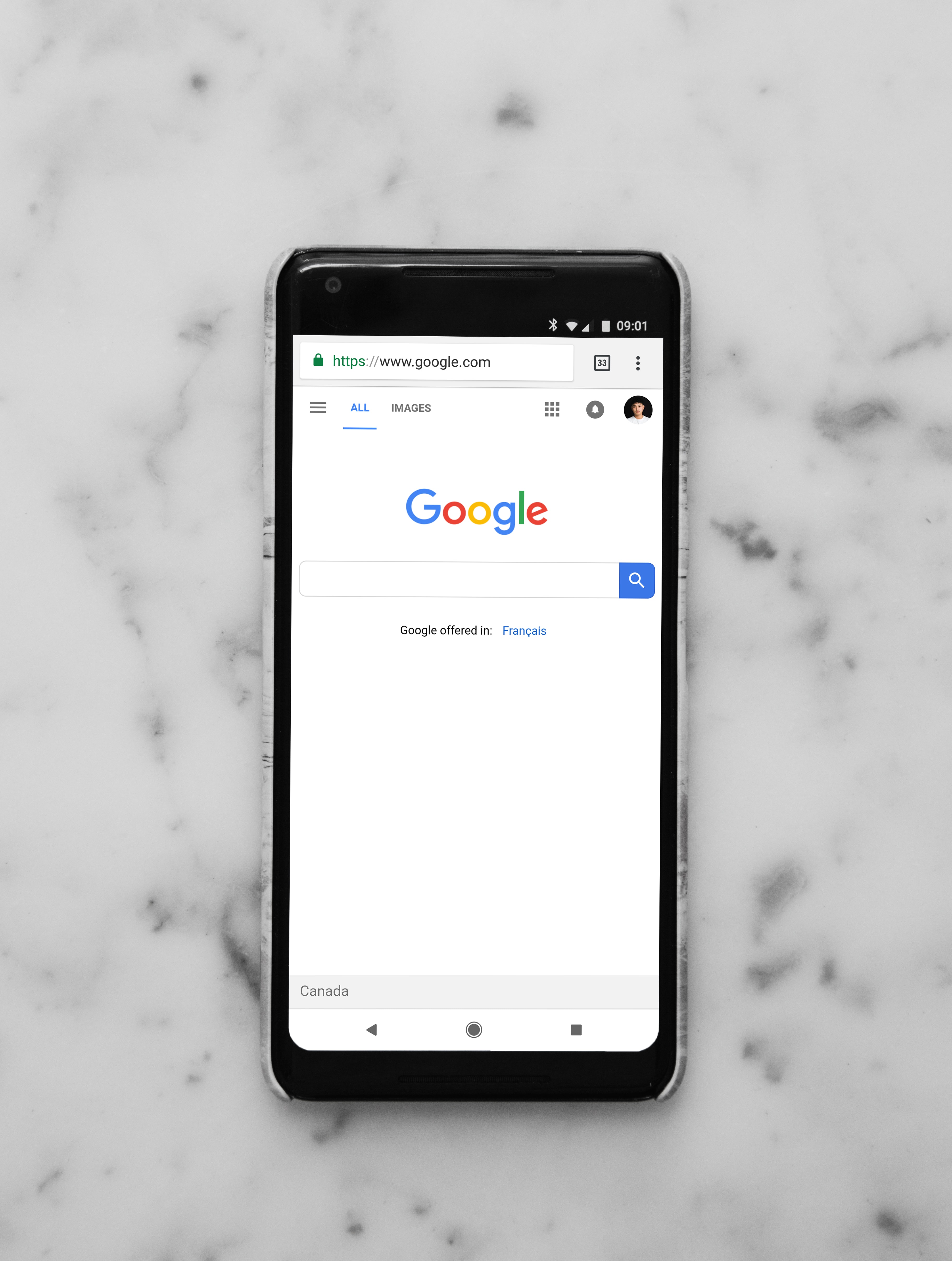Over the last few decades the marketing landscape for dealerships has dramatically changed. T.V., radio, and print all gradually eroding in market share and being overtaken by the internet of all things. Large online retailers like Carvana are taking over that digital space with huge budgets and expertise; new car manufacturers are taking greater control over the marketing funnel; and aggregates like Autotrader are holding dealer inventories hostage to promote their own platform and interests. The small to midsize car dealership is left with very few options to control their own destiny- especially the ones seeking to operate a profitable used car department or dealership.
What options do they have? Let’s see…
AutoTrader
They could leverage a platform like AutoTrader. On the good side, platforms like AutoTrader seek out prospects currently in the market. On the downside, prospects land on and convert on those sites and rarely make it to the dealers website. All brand value belongs to the aggregator. That’s how it works. Beyond that, customers seek out vehicles then sort by price. Lowest to highest. If you're not the lowest price, you're much less likely to be seen. That's the fact; it’s a race to the bottom on price. Lastly, even if you leverage platforms like AutoTrader, there are limits to what can be achieved. It’s a listing service. You may have great prices. You may generate leads, even good leads for a reasonable cost, but it’s not scalable in any meaningful way. It’s limited.
TV, Radio and Print
Dealers could leverage T.V., Radio, even print if the demographic dictates it. But those venues are in decline. Print more than the others, but let's face it, younger people don’t have cable and consume entertainment on the internet. The writing is on the wall. Even if you do leverage such venues with some level of success, they are very difficult to measure, and if you can’t measure them, you can’t predictably scale them. Some dealers use these platforms with great success, but it requires sizable budgets and significant marketing skills.
Social media
Social media is a great spot to be. It’s a great way to communicate with your base and get your brand out there. Paid social media marketing is a bit more of a challenge. Social media is an entertainment space. Prospects do not go to social media seeking products or services. They go there for entertainment or communication. They are then presented with ads that may prompt a response. They convert on emotion and generally convert right on the platform. Ads that try to push prospects off the platform and onto a website generally don’t work as well because people browsing social media aren’t in the mood to leave the platform. The result being prospects that do convert, do so right on the platform with very little input or effort, and typically convert at a much lower rate. Low intention prospects whose emotional commitment drops off seconds after converting.
Third party leads
Of course, over the last decade the growth of third party leads has emerged as a way to simply buy prospects. Particularly, but not exclusively in the non-prime finance and used car space. Initially being a great way to predictably acquire customers, the space has become crowded with snake oil salesmen who peddle garbage leads to desperate car dealers. Let’s face it, the leads are being created on unknown messaging, on unknown landing pages, then sold for a flat price. The payday for the lead generation company is the same whether the leads convert at 2% or 5%, and poor quality leads are much cheaper to generate- that’s just a fact. Add to that the potential risk associated with being dependent on those leads, and the potential liability to your brand by association with unethical misleading messaging by such companies, and it’s buyer beware. That’s for sure.
Is Google the answer?
So there it is. Where can a car dealer invest marketing dollars that work the best? Where can you find high intention prospects that are in the market now? What platform sends prospects directly to, and only to the dealers website? Benefitting their brand. Displaying only their products and services. Where can a dealer market and get transparent results? Calculate ROI easily. Scale their business. Where can a dealer market their products and services while only promoting their own brand? Where do dollars invested benefit their business, their website? There is one option. The best option. Google.
Dealers need to look at Google as a singular marketing venue. Market your products and services on Google. Invest. Track. Measure. Make decisions on real data. It’s the best possible venue for any dealer that wants to predictably manage sales and growth based on predictable cost of customer acquisition. One venue. The question has always been. How? It seems complicated.
Plug into Google with Zymbyo
There now exists a product to easily access Google marketing as a singular product for car dealers. No need to tolerate an expensive agency that needs to learn your industry, implement an ambiguous marketing plan, and charge high fees. No need to hire an expensive internal specialist that is impossible to manage, and could leave at any time. You can now access Google marketing in the automotive space by connecting to Google through Zymbyo. Add your brand, your calls to action, your contact information, your products and services to Zymbyo campaigns and generate prospects at a predictable cost and conversion rate in weeks. It is literally that easy.
Google marketing represents a space for car dealers to compete with even the largest automotive companies. It’s the one place that represents full control for the dealer and can be accurately measured and grown. Dealers need to be there, and they need an easy way to navigate it.
.png?width=1500&height=414&name=Zymbyo%20logo%20only%20OUTLINES%20(1).png)



